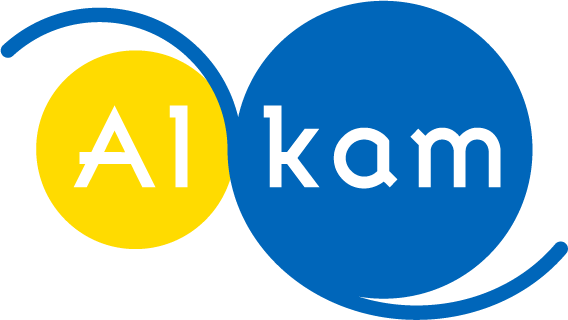Digital Wine Label: A Complete Guide to Creation and the New Regulations
- Alkam

- Mar 12
- 3 min read

Index
Introduction
Digital innovation is transforming the food & beverage industry, including the wine sector. With the entry into force of Regulation (EU) 2021/2117 on December 8, 2023, and the extension effective from March 2024, digital labels have become a crucial topic for wine producers. But what exactly are they? What information must they include?
In this article, we guide you through digital wine labels—what the regulations entail, how to create them, and the benefits they can offer to your winery.
What Are Digital Wine Labels?
A digital wine label does not replace the physical label but complements it with additional details. By scanning a QR code, usually placed on the back label of the wine bottle, consumers can access a dedicated page with further product information.
For example, a digital wine label can include:
Complete nutritional declaration
Detailed ingredient list
Sustainability information about the production process
History of the wine and the winery
This solution not only meets new regulatory requirements but also enhances the consumer experience by providing extra content without compromising the visual appeal of the physical label.
If you want to learn more about wine label regulations, we have written a comprehensive article—click here to read it.
Regulations: Digital Wine Label Requirements
Regulation (EU) 2021/2117 mandates that wine producers include:
Nutritional declaration: at least the energy value in kcal and kJ
Complete ingredient list
Both types of information can be provided electronically (e.g., via QR code).
Table of Essential Requirements
Requirement | Provision Method | Notes |
Nutritional declaration | QR code or physical label | Energy value required. |
Ingredient list | QR code or physical label | All ingredients must be listed. |
Optional additional content | QR code | Sustainability, wine history. |
Which Wines Must Comply with the New Regulations?
The regulation applies to all wines:
Produced in the EU from December 8, 2023, onwards
Imported into the EU after this date
Only wines produced or imported before this date are exempt, provided they were already on the market.
How to Create a Digital Wine Label
Creating a digital label is not complex, but attention to detail is crucial to differentiate your product from competitors.
1. QR Code Design
Choose a clear and readable layout and position the QR code visibly on the back label at an appropriate size for easy scanning.
2. Landing Page Creation
The destination page should be:
Responsive – optimized for mobile devices
Multilingual – for international markets (e.g., for Made in Italy wines exported abroad)
Informative – providing additional details beyond those on the physical label
3. Testing and Validation
Ensure the QR code works correctly and that the landing page meets regulatory requirements.
Benefits of Digital Labels in the Wine Industry
Integrating a digital label offers numerous advantages:
Regulatory Compliance – Meets all legal requirements.
Enhanced Customer Experience – Detailed product information accessible with one click.
Sustainability & Waste Reduction: Less printed information means less ink and fewer materials used.
Marketing & Transparency – Tells the story of the wine and communicates your brand values.
Conclusion
Digital labels mark a turning point in the wine industry, merging technological innovation with regulatory compliance.
With extensive experience in the wine sector, we can help you integrate this solution into your products.
Contact us today to discover how we can assist you in creating innovative, compliant labels that add value to your wine.




Comments